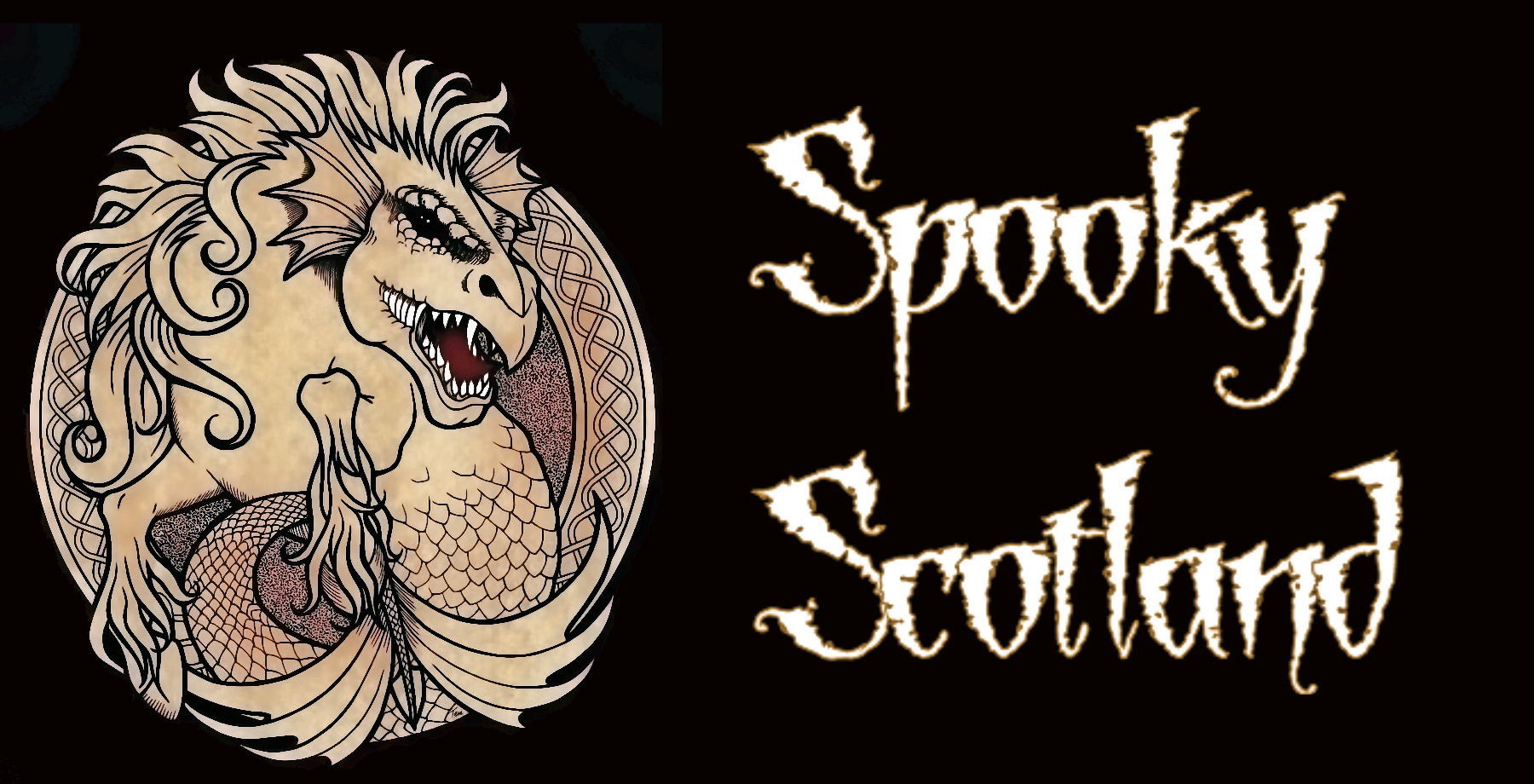Alexander III, King of Scots’ wedding to Yolande de Dreux was unforgettable. Wine flowed freely in the Great Hall of Jedburgh Castle. This was a grand affair and a masked ball had been organised by the king. Thousands of candles lit the hall and the numerous guests danced to the music. Suddenly the doors burst open. A gasp of horror rippled through the revellers. The latecomer was dressed as a skeleton. White bones had been painted with horrific realism on a black background. The king was furious. What kind of mockery was this at his wedding feast? He gave an order. The guards rushed forward, piercing the skeleton with their spears. But there was nothing there… The guests made a hasty retreat, leaving Alexander alone with his new bride. What did this mean? Was it a portent of impending death? Four months later, Alexander lay dead on Kinghorn Beach. This brought an end to the House of Dunkeld, the Scottish Kings who could trace their lineage back to Malcolm Canmore, the King who slew MacBeth. Perhaps more significantly, it would plunge Scotland into war with her ‘auld’ enemy- England.
Who was Alexander III
Alexander III became king at the age of seven when his father, Alexander II died in 1249. Young Alexander was inaugurated on the Stone of Destiny at Scone on the 13th of July 1249. Notable events during his reign included the Battle of Largs in October 1263. During this attack, King Haakon of Norway’s naval fleet was badly damaged in a storm. The battle was indecisive. Haakon had no option but to turn and sail homewards. He died in Orkney on the 15th of December 1263. Subsequently, in 1266 Norway relinquished their claims to Scotland’s Western Isles with the Treaty of Perth.
Alexander’s Family
Alexander III was first married as a ten-year-old boy, to Margaret, Daughter of Henry III of England. His bride was only a year older than him. Margaret died when she was thirty-five years old, leaving Alexander with three children–Margaret who married Eric II of Norway, Alexander and David. Fate was to deal Alexander a cruel blow. All three children died within the space of four years. With no male heir, the question of succession was important. His sole heir was his granddaughter, Margaret ‘Maid of Norway’. There was nothing for it; he would have to wed once more! Thus, on 1 November 1285, he married Yolande de Dreux.
Alexander and the Storm
On the 19th of March 1286, Alexander spent the evening at Edinburgh Castle celebrating his second marriage and overseeing a meeting with his royal advisors. After the meeting the young King was keen to return to Dunfermline Palace, for it would be his wife’s birthday on the following day. As a viscious storm was raging, the nobles implored him not to go into the night. Alas, their pleas fell on deaf ears. The king rode out into the darkness, crossing the Firth of Forth from Delmeny to Inverkeithing. At Inverkeithing, the nobles accompanying him and a local burgess, Alexander Le Saucier, tried to persuade him to spend the night. Le saucier is reputed to have said, “My Lord, what are you doing out in such weather and darkness? How many times have I tried to persuade you that midnight travel will do you no good?” Ignoring the warnings, Alexander set off with his retinue and two local guides. Somewhere near Kinghorn, the king became separated from his party. The following morning the King’s body was found. It seemed that his horse had lost its footing in the darkness throwing Alexander down a rocky embankment, where he broke his neck.
Repercussions from the Death of Alexander III
Yolande had been carrying Alexander’s child, and apparently she miscarried soon afterwards. This left his daughter, little Margaret, as heir to the throne, but she was three-years-old and lived in Norway. There were all kinds of implications about who the child would marry. If she married a foreign prince, Scotland would fall under foreign control. If she married a Scottish noble it might incite a civil war. Eventually, an agreement was made; Margaret would marry the Crown Prince of England, but with the stipulation that Scotland would retain its independence. Alas, the plans were all in vain. Margaret took ill en route from Norway and died in Orkney in October 1290. It was a bleak time in Scottish history. Ultimately, it would lead to war with Edward I of England. The resulting Scottish Wars of Independence would see the rise of some of the greatest heroes from Scottish history; men like Robert the Bruce, William Wallace, James, the Black Douglas and Thomas Randolph. Great victories such as the Battle of Stirling Bridge and the Battle of Bannockburn would be recorded in the annals of Scotland, but the wars were protracted and the cost in Scottish blood was high.
A Lament over the Death of Alexander III
A poem about this period was recorded by Andrew of Wyntoun Quhen Alexander our kynge was dede, That Scotlande lede in lauche and le, Away was sons of alle and brede, Off wyne and wax, of gamyn and gle. Our golde was changit into lede. Crist, borne in virgynyte, Succoure Scotlande, and ramede, That is stade in perplexite. Please feel free to share the spooky by using the links below or leave us a message in the comments box.




